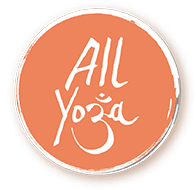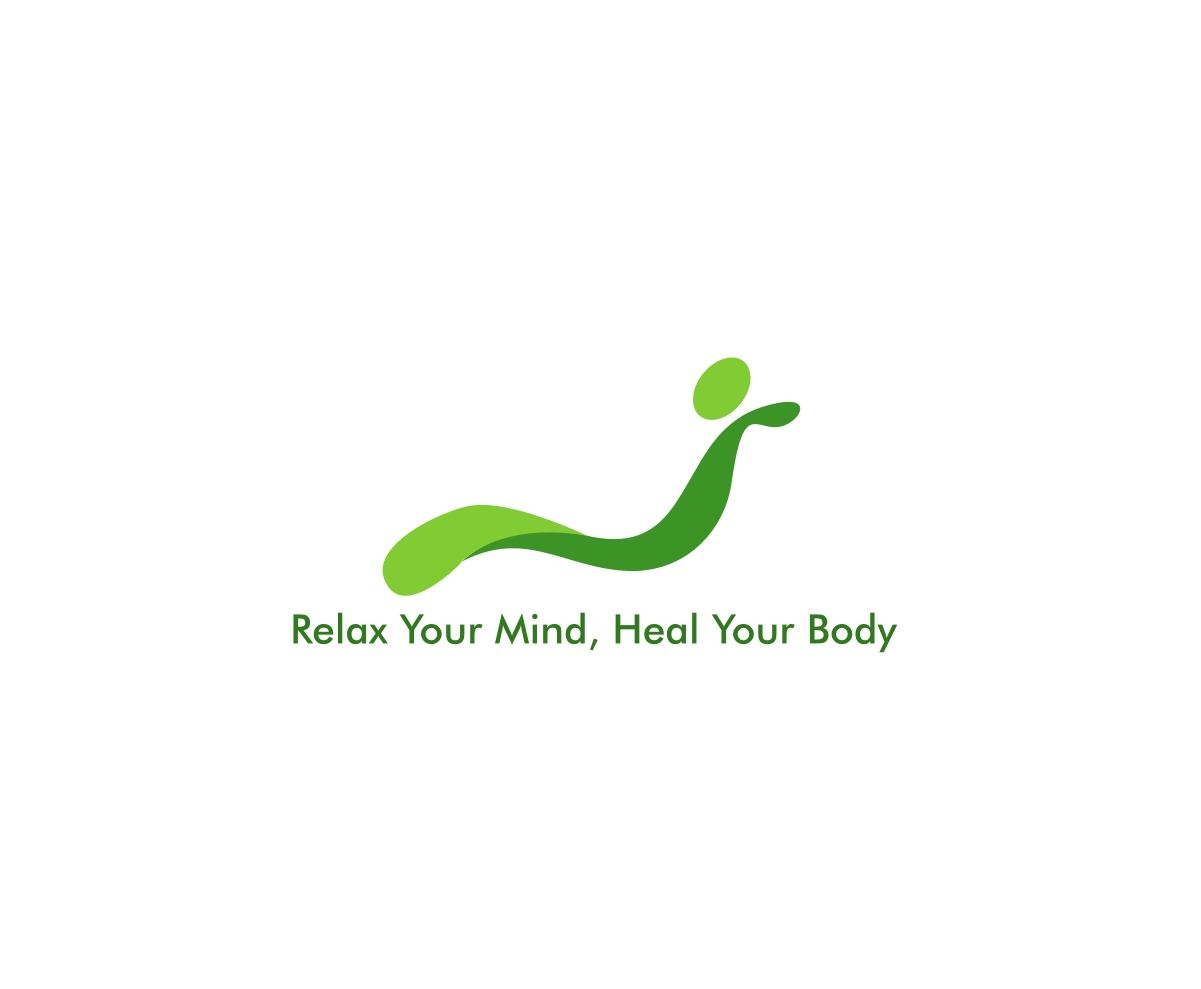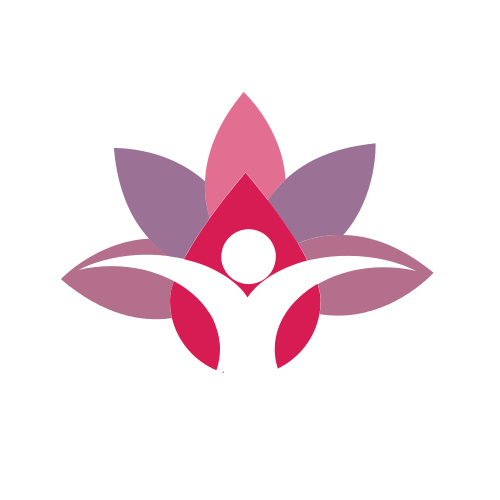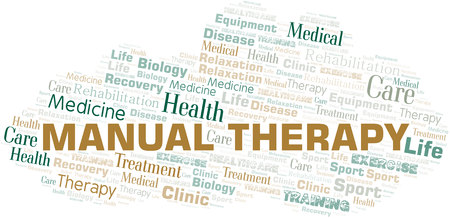
Introduction to Exercise Therapy

Description
Exercise therapy is defined as a regimen or plan of physical activities designed and prescribed to facilitate the patients to recover from diseases and any conditions, which disturb their movement and activity of daily life or maintain a state of well‐being [1] through neuro re‐education, gait training, and therapeutic activities. It is systemic execution of planned physical movements, postures, or activities intended to enable the patients to (1) reduce risk, (2) enhance function, (3) remediate or prevent impairment, (4) optimize overall health, and (5) improve fitness and well‐being [2].
This therapy may relate specific muscles or parts of the body, to general and strenuous activities that can return a recovering patient to the peak of physical condition. It is highly repetitive and intensive and requires time and dedication on the part of the patients to encourage neuroplasticity. The therapy is performed by professionals with an educational background in exercise physiology, exercise science, or other similar degree. To succeed goal‐oriented treatment, the personnel must [2].
Provide comprehensive and personalized patient/individual management.
Implement a variety of therapeutic interventions that are complementary (e.g., heat application before joint mobilization and passive stretch, followed by active exercise to use new mobility in a functional manner).
Rely on clinical decision‐making skill.
Promote patients’ independence whenever possible through the use of home management, self‐management exercise programs, and patient‐related instruction.
In-house physical therapy by family, friends, or caregivers to deliver the appropriate exercise therapy in the home can greatly decrease healthcare costs which may limit the intervention. Therefore, training and educating these persons are important in effective exercise therapy.
Exercise therapy can be called Activity‐Based Therapy, Activity‐Based Recovery Therapy, Neuro‐based Therapy, and Restorative Therapy.
1.1. Important background knowledge to understand exercise therapy
Background knowledge needs to be understand [3].
Planes of movement
There are three planes of movement.
Movement in horizontal plane (transverse plane): This plane divides the body into upper and lower halves. Movements in transverse plane occur parallel to ground.
Movement in frontal plane (coronal plane): This plane divides side to side movements, for example, bringing the head to each of the shoulders.
Movement in vertical plane (sagittal plane): It is the plane that divides the body or body segment into the right and left parts. Movements in this plane include forward and backward motions such as nodding of the head.
Kinematics is the area of biomechanics that include description of motion without regard for the forces producing it. They include.
Types of motion. There are four types of motion:
Rotatory motion, which is the movement of an object around a fixed axis in a curved path.
Translatory motion, which is the movement of an object in a straight line.
Curvilinear motion, which is a combination of rotatory and translatory motions.
General plane motion, which the object is segmented and free to move.
Location of motion: Motion at a joint may occur in transverse, frontal, or sagittal planes.
Direction of motion: Movement may occur either in clockwise or anticlockwise direction.
Magnitude of motion can be given either in degrees or radians.
Kinetics is biomechanics that concerned with the forces maintaining equilibrium or producing motion and are described as either external or internal forces.
Center of gravity (COG) is the point which the force of gravity acts effectively independently on position of body. The COG of human body lies approximately at S2, anterior to sacrum.
Line of gravity (LOG) is the line that lies vertically through center of gravity.
Base of support is the area which is supported.
Equilibrium results when the forces acting upon a body are balanced and the body remains at rest.
Fixation and stabilization: Fixation is the state of immobility, and stabilization is the state of relative immobility.
Force is that which alters the state of rest of a body or its uniform motion in a straight line
Lever is a rigid bar that rotates around on axis.
Mechanical advantage is efficacy of force in relation to lever depends on two factors.
Pulley is a grooved wheel which rotates about a fixed axis by a rope that passes round it. The axis is supported by a frame work or block. There are two types of pulleys: (1) fixed pulleys and (2) movable pulleys.
Starting position is the first posture before the following movement during the exercise therapy. There are five fundamental starting positions: standing, kneeling, sitting, lying, and hanging. Equilibrium and stability are maintained in these positions by balance of forces acting upon the body.
This therapy may relate specific muscles or parts of the body, to general and strenuous activities that can return a recovering patient to the peak of physical condition. It is highly repetitive and intensive and requires time and dedication on the part of the patients to encourage neuroplasticity. The therapy is performed by professionals with an educational background in exercise physiology, exercise science, or other similar degree. To succeed goal‐oriented treatment, the personnel must [2].
Provide comprehensive and personalized patient/individual management.
Implement a variety of therapeutic interventions that are complementary (e.g., heat application before joint mobilization and passive stretch, followed by active exercise to use new mobility in a functional manner).
Rely on clinical decision‐making skill.
Promote patients’ independence whenever possible through the use of home management, self‐management exercise programs, and patient‐related instruction.
In-house physical therapy by family, friends, or caregivers to deliver the appropriate exercise therapy in the home can greatly decrease healthcare costs which may limit the intervention. Therefore, training and educating these persons are important in effective exercise therapy.
Exercise therapy can be called Activity‐Based Therapy, Activity‐Based Recovery Therapy, Neuro‐based Therapy, and Restorative Therapy.
1.1. Important background knowledge to understand exercise therapy
Background knowledge needs to be understand [3].
Planes of movement
There are three planes of movement.
Movement in horizontal plane (transverse plane): This plane divides the body into upper and lower halves. Movements in transverse plane occur parallel to ground.
Movement in frontal plane (coronal plane): This plane divides side to side movements, for example, bringing the head to each of the shoulders.
Movement in vertical plane (sagittal plane): It is the plane that divides the body or body segment into the right and left parts. Movements in this plane include forward and backward motions such as nodding of the head.
Kinematics is the area of biomechanics that include description of motion without regard for the forces producing it. They include.
Types of motion. There are four types of motion:
Rotatory motion, which is the movement of an object around a fixed axis in a curved path.
Translatory motion, which is the movement of an object in a straight line.
Curvilinear motion, which is a combination of rotatory and translatory motions.
General plane motion, which the object is segmented and free to move.
Location of motion: Motion at a joint may occur in transverse, frontal, or sagittal planes.
Direction of motion: Movement may occur either in clockwise or anticlockwise direction.
Magnitude of motion can be given either in degrees or radians.
Kinetics is biomechanics that concerned with the forces maintaining equilibrium or producing motion and are described as either external or internal forces.
Center of gravity (COG) is the point which the force of gravity acts effectively independently on position of body. The COG of human body lies approximately at S2, anterior to sacrum.
Line of gravity (LOG) is the line that lies vertically through center of gravity.
Base of support is the area which is supported.
Equilibrium results when the forces acting upon a body are balanced and the body remains at rest.
Fixation and stabilization: Fixation is the state of immobility, and stabilization is the state of relative immobility.
Force is that which alters the state of rest of a body or its uniform motion in a straight line
Lever is a rigid bar that rotates around on axis.
Mechanical advantage is efficacy of force in relation to lever depends on two factors.
Pulley is a grooved wheel which rotates about a fixed axis by a rope that passes round it. The axis is supported by a frame work or block. There are two types of pulleys: (1) fixed pulleys and (2) movable pulleys.
Starting position is the first posture before the following movement during the exercise therapy. There are five fundamental starting positions: standing, kneeling, sitting, lying, and hanging. Equilibrium and stability are maintained in these positions by balance of forces acting upon the body.
Product rating
Customer Reviews
There have been no reviews for this product.
Add your review here





















